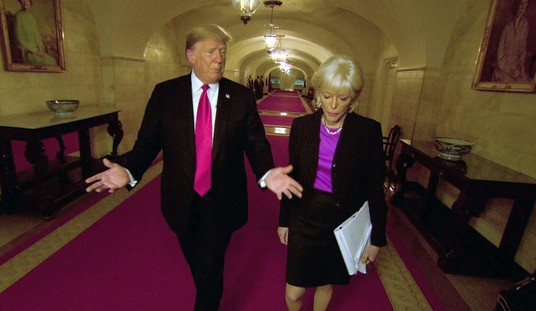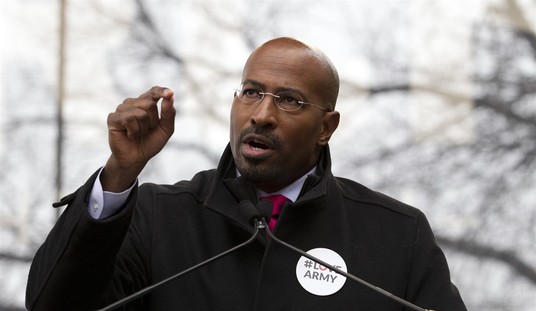Yesterday was another big intraday reversal for the market. This time, stocks climbed off the canvas as odds spiked for a Federal Reserve rate cut at the next Federal Open Market Committee (FOMC) gathering later this month. At one point, the probability spiked to more than 91% for a 25-basis point (bps) cut before settling at 88.2%. The Street also expects a rate cut in December as well.
Course Change?
Suddenly, the Federal Reserve has been thrust into the role of turning the market around on the assumption Jerome Powell is committed to the continued expansion of the economy. I have heard and seen enough of Powell’s work to know that he thinks the Federal Reserve deserves the lion’s share of credit for the expansion and pulling the economy out of the Great Recession.
This takes us back to January 4th of this year when Powell shared his great epiphany.
Let’s look at recent history which may serve as precedence for what could happen later this month and the rest of the year.
Recommended
Full Speed Ahead
December 19, 2018
Jay Powell & Fed hike interest rates and suggest there will be at least two more rate hikes in 2019. Chairman Powell says the Fed is on “auto-pilot.”
The Dow Jones Industrial Average was hammered 352 points, extending a month-long rut. By the end of trading on Christmas Eve, it closed at a session low of 21,792, having lost 1,883 points because of the rate cut and the Fed policy’s rigid nature.
Sees the Light
January 4, 2019
Jerome “Jay” Powell sees the light and makes a complete course change. Ironically, on the same day the jobs report comes in significantly better than expected showing 312,000 jobs created in December, Powell changes his mind.
Stating the Fed would change course “significantly if necessary,” and making the much-needed observation that wage inflation doesn’t equate to price inflation, he opened the door for a monster sigh of relief rally.
The Dow rallied 747 points on January 4th, and by April 23rd, it was up 3,970 points to 26,6565.
Summation
Even if jobs come in better than expected, it should be clear the Federal Reserve will have to cut rates this month and probably in December as well. The market picked up on this yesterday, although when it comes to Jerome Powell, there is always a level of doubt. He will do what most think is the right thing, even if it’s to defend what he cherishes most: The Fed-Engineered Economic Expansion that saved the world, going back to March 2009.
There is no way Powell wants to be the Fed chairman to oversee a recession, and while he’s reluctant to overreach, that’s exactly what the insurance rate cuts he’s advocating for are. That said, the Fed is okay with overshooting on inflation, which makes their reluctance to be aggressive very odd.
As much as I’m tired of the never-ending parade of Fed talking heads, I would love to know what rate cut dissenters Rosengren and George are thinking about right now.
Market Breadth
NYSE
- 1,860 advancers: 1,060 decliners
- 43 new high: 89 new lows
NASDAQ
- 1,881 advancers: 1,208 decliners
- 16 new highs: 117 new lows
Portfolio Approach
We exited a Consumer Staples and raised cash.
Communication Services | Consumer Discretionary | Consumer Staples |
1 | 2 | 1 |
Energy | Financials | Healthcare |
1 | 2 | 2 |
Industrial | Materials | Real Estate |
2 | 2 | 1 |
Technology | Utilities | Cash |
3 | 0 | 2 |
Today’s Session
The markets are up on the September nonfarm payroll report, which added 136,000 new jobs, and August was revised higher from 130,000 to 168,000, while July was revised up by 7,000 to 166,000. The unemployment rate fell 0.2% to another 50-year low and is now at 3.5%. The last time the rate was at this level was in December of 1969. Average hourly earnings however were unchanged. The labor force participation rate was flat at 63.2%.
Unemployment rates by groups:
- Whites 3.2%
- Adult men 3.2%
- Adult women 3.1%
- Teenagers 12.5%
- Blacks 5.5%
- Asians 2.5%
- Hispanics 3.9%
Healthcare (+39,000), Professional and Business (+34,000), Transportation and Warehousing (+16,000) and Government (+22,000) added the most jobs. Retail was a laggard, losing 11,000 jobs, of which 14,000 was in was in clothing and accessories, however food and beverage stores added 9,000.


